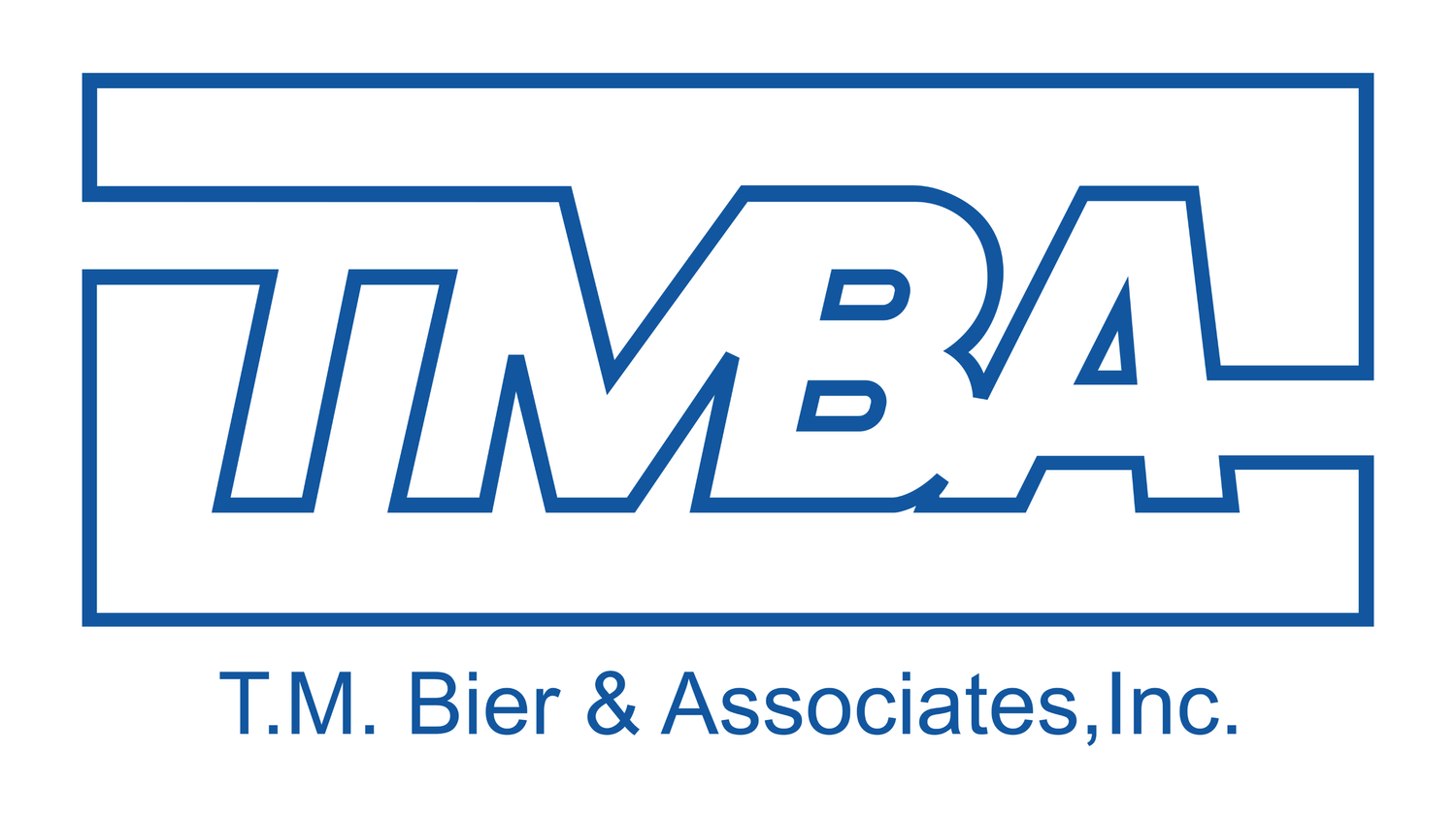Leveraging Building Management Systems for Automated Lighting Control in Office Buildings
In the fast-paced world of commercial office buildings, where operational efficiency and sustainability are paramount, the integration of advanced Building Management Systems (BMS) has become indispensable. Lighting, a fundamental aspect of any workspace, is a prime candidate for automation and control. In this article, we will explore how T.M. Bier & Associates, a leading BMS expert based in NYC, is transforming commercial office buildings by harnessing the power of BMS to automate lighting control.
The Significance of BMS in Commercial Office Buildings
Commercial office buildings are dynamic environments with varying lighting needs. Traditional lighting control methods often result in unnecessary energy consumption and operational inefficiencies. This is where BMS comes into play. BMS provides a comprehensive solution to manage and optimize a building's lighting system.
Understanding BMS in Office Buildings
Before diving into the specifics of lighting control, it's essential to grasp the core functionality of BMS. Building Management Systems, also known as Building Automation Systems (BAS), are centralized control systems that monitor and manage various building systems. These systems include HVAC, lighting, security, and more. By integrating these systems into a single platform, BMS simplifies control, reduces energy consumption, and enhances overall building performance.
The Benefits of Automated Lighting Control
T.M. Bier & Associates understands the importance of advanced lighting control within commercial office buildings. Let's explore the key benefits of using BMS for lighting automation:
Occupancy & Motion Sensors
Energy Efficiency: BMS allows for real-time monitoring of lighting systems, adjusting illumination levels based on occupancy, natural light, and time of day. This leads to significant energy savings, reducing utility costs and environmental impact.
Customization: BMS systems can be tailored to the specific needs of your office space. This means different lighting zones can be adjusted independently, creating a comfortable and productive environment for employees.
Occupancy Sensors: BMS can be integrated with occupancy sensors, ensuring that lights are only on when needed. When a room is unoccupied, the system can automatically switch off the lights, further reducing energy consumption.
Daylight Harvesting: BMS systems utilize daylight harvesting to optimize lighting levels. When natural light is sufficient, artificial lighting is dimmed or turned off, creating a balance between natural and artificial illumination.
Centralized Control: BMS provides facility engineers with centralized control, allowing them to manage lighting across the entire building from a single interface. This simplifies maintenance and troubleshooting.
Compliance and Reporting: With BMS, you can monitor energy usage and compliance with energy codes and standards. This data is crucial for sustainability reporting and can help your building achieve green certifications.
Implementing BMS for Lighting Control
Installing a BMS for lighting control in a commercial office building involves several steps:
Assessment: A thorough evaluation of your building's lighting system is necessary to identify opportunities for improvement. T.M. Bier & Associates can assist in this initial assessment.
System Design: Once the assessment is complete, a tailored BMS design is created to meet your building's specific requirements.
Installation and Integration: BMS systems are installed and integrated with the existing lighting infrastructure. This includes setting up sensors, controls, and software interfaces.
Programming and Calibration: The BMS system is programmed to ensure that it operates efficiently and in accordance with your preferences.
Training and Maintenance: Facility engineers are trained to use the system effectively. Regular maintenance and updates are also crucial to ensure long-term performance.
Conclusion: A Brighter, Efficient Future with BMS
Leveraging a Building Management System for advanced lighting control is a game-changer for commercial office buildings. It not only enhances energy efficiency and sustainability but also creates a more comfortable and productive workspace for employees.
T.M. Bier & Associates, based in NYC, is at the forefront of BMS implementation. If you're a chief facility engineer looking to upgrade or install a new BMS in your facility, consider the transformative power of BMS for lighting control. By embracing this technology, you're not only optimizing your building's lighting but also future-proofing your office space for the years to come. Learn more about our BMS solutions or contact TMBA today to get started on your next BMS upgrade or install!



